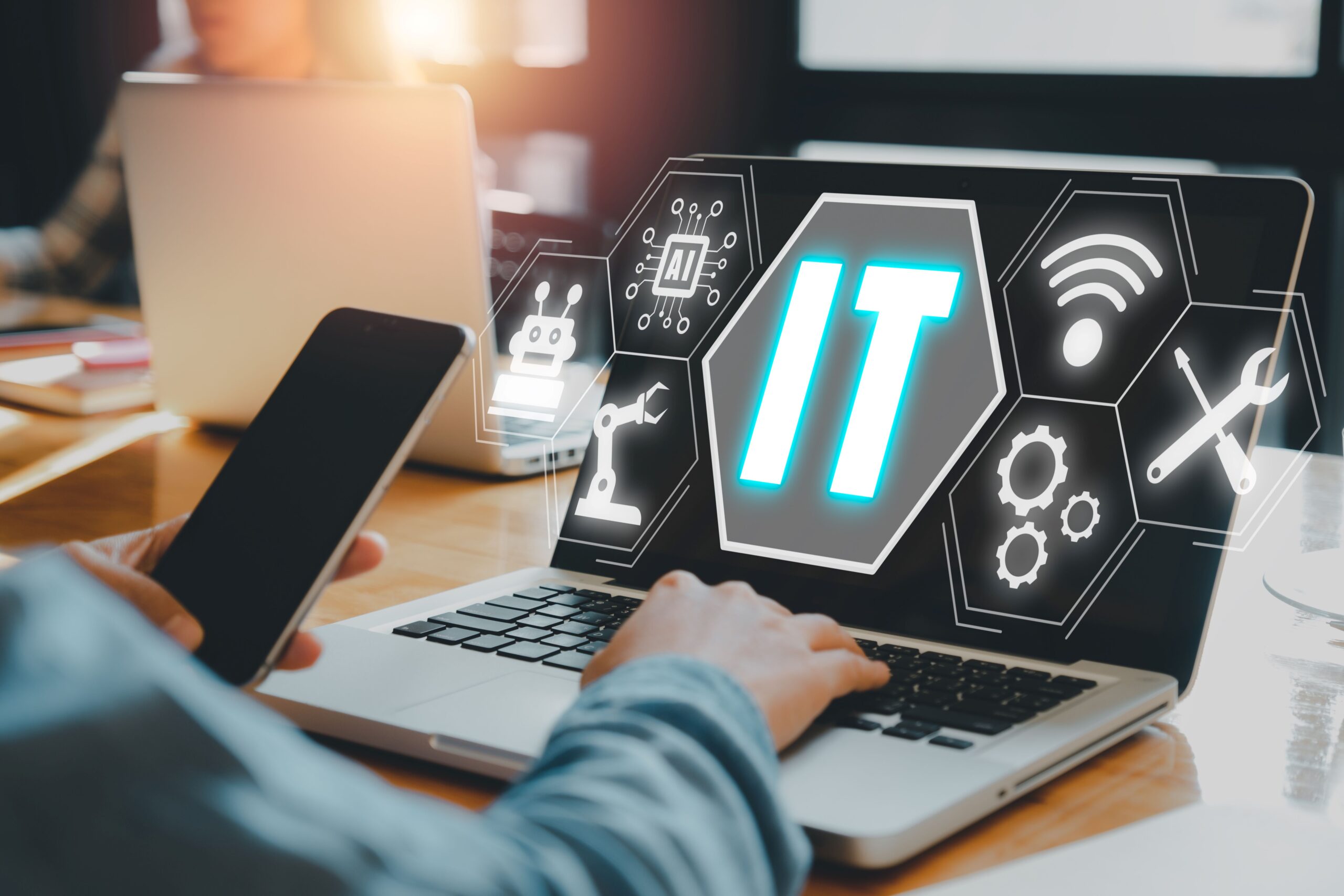Technology is transforming home health services in remarkable ways. It enhances efficiency and significantly improves the quality of care provided to patients. With the right tools and systems in place, home health providers can deliver superior services while effectively managing their operations.
This leads to better patient experiences and fosters trust and satisfaction. In this blog, we will explore best practices for integrating technology into these services. Thus helping providers enhance patient outcomes, streamline processes, and ultimately create a more effective healthcare environment.
Read on!
What Technology to Adopt
Home Health Software
One of the most important tools for such providers is software for home health. This software helps manage patient records, scheduling, and billing. By using this technology, providers can streamline their administrative tasks. It also improves documentation accuracy, reducing errors in patient records.
Additionally, effective communication among caregivers becomes easier. Everyone involved in a patient’s care can access up-to-date information quickly, which is crucial for coordinated treatment.
Mobile Health Applications
Another valuable tool is mobile health applications. These apps allow providers to track patient progress and access health records on-the-go. These applications allow professionals to check vital patient information in real-time.
This leads to better patient engagement, as providers can send patients reminders and health-tracking updates directly. By using mobile health apps, caregivers can ensure that patients follow their care plans and stay on track with their health goals.
Remote Patient Monitoring Devices
Remote patient monitoring devices are also essential. These include wearable devices or sensors that track vital signs and health metrics. By using these devices, providers can monitor patients’ health remotely.
This capability enables early intervention when issues arise. For example, if a patient’s heart rate or blood pressure fluctuates outside of normal ranges, caregivers can respond quickly. This proactive approach helps manage chronic conditions more effectively and enhances overall patient care.
Best Practices for Integrating Technology
Assessing Needs and Goals
Before integrating new technology, assessing your specific needs and goals is important. Every service is different. By evaluating what your service requires, you can choose the right tools to meet those needs. Setting clear technology goals helps ensure that everyone is on the same page. This focus allows for smoother implementation and better outcomes.
Training and Support
Once you select the appropriate technology, providing comprehensive training for staff is essential. Training ensures that all employees understand how to use the new tools effectively.
This helps minimize resistance to change. Support should also be available to address questions and concerns. Empowering staff with knowledge enhances their confidence in using the technology.
Ensuring Data Security and Compliance
Data security is crucial in home health services. Implementing robust cybersecurity measures is necessary to protect patient information. This includes using secure passwords, encryption, and regular security updates. Additionally, providers must adhere to regulations such as HIPAA. Compliance ensures that patient data is handled appropriately and builds trust with clients.
Encouraging Patient Engagement
Technology can also improve communication with patients. Engaging patients in their care plans is vital for better health outcomes. Utilize technology to send updates and reminders about appointments or medications. Encourage patients to use apps to track their health metrics. When patients feel involved in their care, they are more likely to follow their treatment plans and achieve better results.
Monitoring and Evaluating Technology Use
After implementing new technology, it is important to monitor its effectiveness. Regular assessments can help identify areas for improvement. Gather feedback from both staff and patients about their experiences with the technology. This input can guide adjustments and enhancements, ensuring that the technology continues to meet the evolving needs of the service.
Challenges of Technology Integration
Common Barriers
While integrating technology can bring many benefits, challenges may arise. Common barriers include budget constraints, staff resistance, and technical difficulties. Limited budgets can restrict access to the best tools. Additionally, some staff may be hesitant to change their established routines. Finally, technical issues can create frustration if not addressed promptly.
Strategies for Overcoming Challenges
To overcome these challenges, consider the following strategies:
- Budgeting Wisely: Plan your budget to allocate funds for essential technology. Explore grants or partnerships that may provide financial support.
- Change Management: Communicate openly with staff about the benefits of new technology. Involve them in the decision-making process to reduce resistance.
- Technical Support: Ensure that robust technical support is available. This can help resolve issues quickly and keep operations running smoothly.
Future Trends in Home Health Technology
Emerging Technologies
Looking ahead, several emerging technologies promise to enhance these services further. Artificial intelligence (AI) is one such trend, providing tools for better patient analysis and personalized care plans. Advanced data analytics can also improve decision-making by identifying patterns and trends in patient data.
Preparing for Change
Home health providers should stay informed about these new technologies. Adapting to change is crucial for remaining competitive in the industry. By embracing innovation, providers can offer the best possible care to their patients.
Closing Lines
Integrating technology in home health services is essential for improving care and efficiency. By adopting the right tools, assessing needs, and providing training, providers can enhance their operations. It’s crucial to embrace technology for better patient outcomes and a more efficient workflow.
